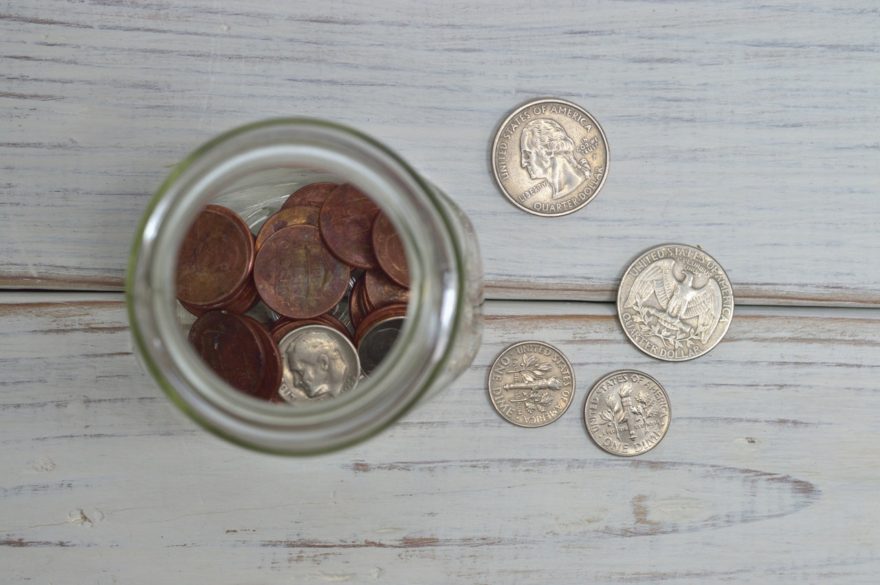The IRS requires that tax payers make timely tax payments, which for many self-employed people means having to make quarterly estimated tax payments throughout the year. Otherwise, you could be subject to penalties for the underpayment of taxes, even if you pay the whole sum in April. The rules for underpayment apply to all taxpayers, but if you are a W-2 employee, you could just adjust your payroll withholding and not need to make quarterly payments.
If your tax liability is more than $1,000 for the year, the IRS will consider you to have underpaid if the taxes withheld during the year are less than the smaller of:
1. 90% of your total taxes dues (including self-employment taxes, capital gains, etc.)
2. 100% of the previous year’s taxes paid.
However, for high income earners – those making over $150,000 (or $75,000 if married filing separately) – the threshold for #2 is 110% of the previous year’s taxes. Additionally, the IRS considers this on a quarterly basis: 22.5% per quarter for #1, and 25% per quarter for #2, or 27.5% if your income exceeds $150,000.
Many taxpayers will find it sufficient to make four equal payments throughout the year. If that’s the case, your deadlines are generally April 15, June 15, September 15, and January 15. However, if your income varies substantially from quarter to quarter, or if your actual income ends up being lower than the previous year, you may want to adjust your quarterly estimated payments to reflect these changes.
You can estimate your quarterly tax payments using IRS form 1040-ES. Of course, your CPA or tax software should automatically be letting you know if you need to make estimated tax payments for the following year. You can mail in a check each quarter, or you may find it more convenient to make the payment electronically, via IRS.gov/payments. For full information on quarterly estimated payments, see IRS Publication 505 Tax Withholding and Estimated Tax.
Please note that the estimated payments will fulfill the requirement of 100% of last years payment, or 90% of this year’s payment if that figure is lower. However, it is not required that you pay 100% of the current tax bill, so if your income is significantly higher this year, you could still owe a lot of taxes in April even after making quarterly estimated payments.
If you’re self-employed, you don’t need to be a tax expert, but you do need to understand some basics and to make sure you are getting correct advice. When you aren’t being paid as a W-2 employee, it is up to you to make sure you are setting money aside and making those tax payments throughout the year, so that next April you aren’t facing penalties on top of having a large, unexpected tax bill.








1 Comment
Comments are closed.